While professional racers and really serious cyclists will pay a professional bike fitter or physiotherapist hundreds to tune their bike to fit them perfectly for speed and efficiency, everyday commuters and recreational riders can benefit a lot from small (and cheap) changes to how their bike fits them.
First of all, the below is based on the fact that your bike is the right size for you.
Even though bike manufacturers make bikes in a wide range of sizes, the bike you have, or want to buy might not suit your body proportions (such as legs vs arm length). Additionally, your flexibility may change as you get older so a bike that once fit well and was comfortable may not fit so well anymore.
Saddle height
The easiest and most obvious change to how a bike fits is the saddle height. Tall people have their saddles higher than short people, or more specifically people with long legs have their saddles higher than those with short legs!
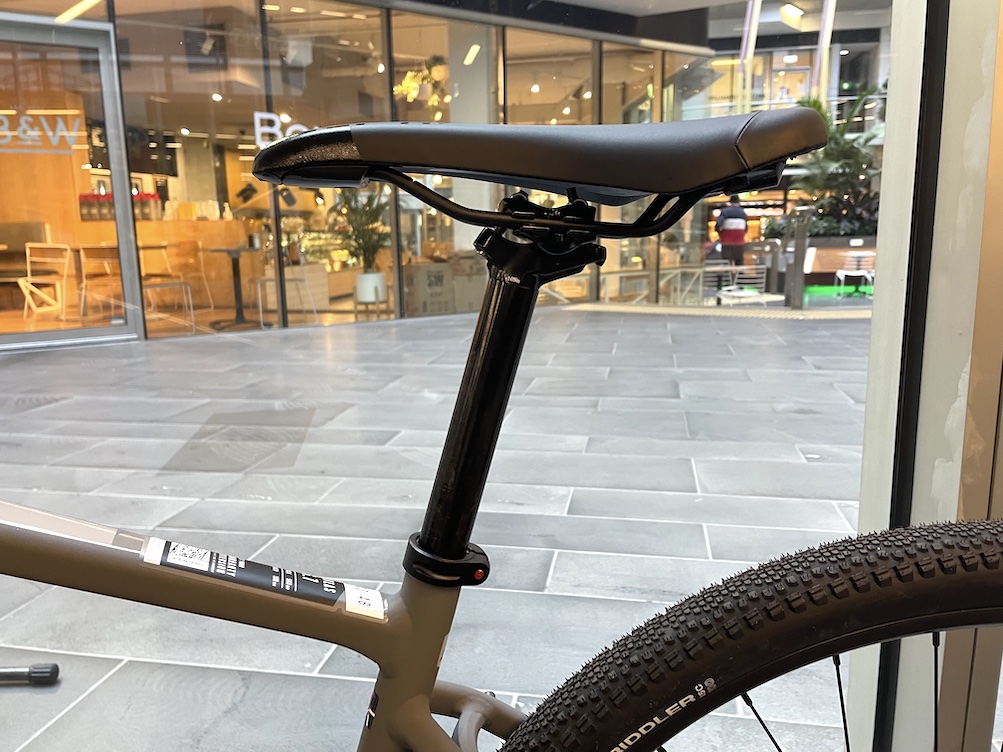
Having your saddle at the right height will make your bike more comfortable and more efficient. The general rule is that you want a slight bend (~10 degrees) in your knee at the bottom of the pedal stroke. A too high saddle will cause your hips to rock side to side over the saddle, and a too low saddle will mean your knees bend more than needed which can cause you to get sore.
Stem length
At the other end of the bike is the handlebars and stem. Changing how they are setup can also have an effect on how comfortable your bike is. You can change the length of the stem (this is the part of the bike that connects the fork to the handlebars) and change the width and shape of the handlebars.
If you have long arms and feel a bit ‘cramped’ on the bike a longer stem may help stretch you out and make the bike more comfortable. Likewise if you have short arms or the bike feels too long and stretched out a shorter stem will shorten the reach on the bike and make it fit better.
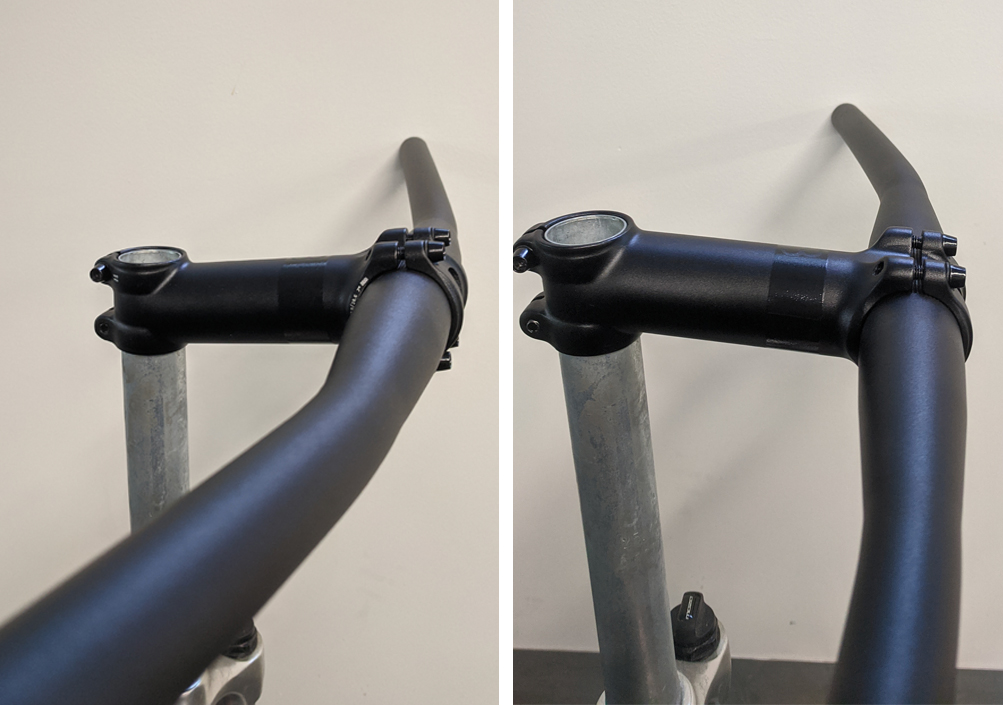
If you’re feeling like you are bending too far down to the handlebars then raising the handlebars can really improve the comfort of your bike.
The stem can be ‘flipped’ to either be a positive ‘rise’ to get the bars higher or negative ‘drop’ to get the bars lower, and the good news is that this can be done just by using the parts already on the bike. Likewise, you may be able to swap some headset spacers that are above the stem to below the stem to raise the bars higher without buying any new parts.
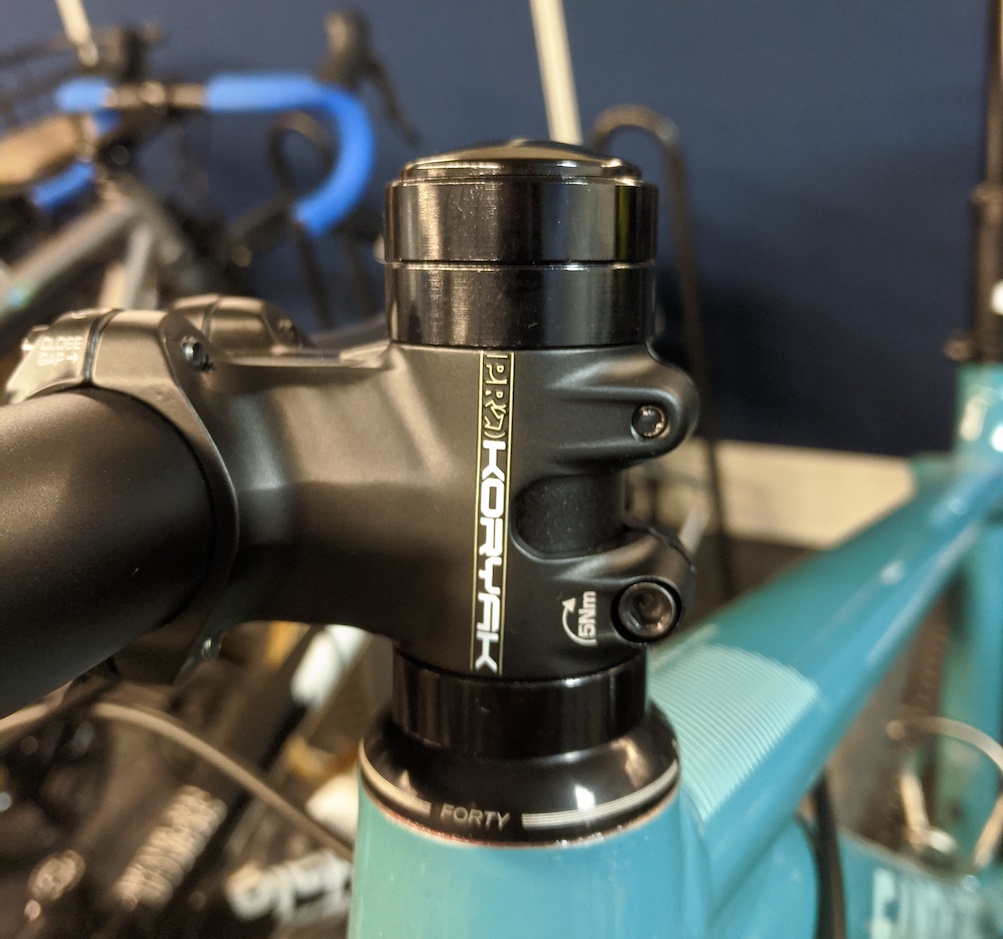
If the bars are still too low after rearranging spacers and flipping the stem then a new stem with a higher rise can make the bike feel better. New stems range in price from $45 and upwards, so not an expensive purchase to make your bike more comfortable!
Handlebars
Finally, handlebar width and shape can affect how your bike fits you. Road bike drop handlebars (like they use on the Tour de France) come in widths from 36cm to 46cm to suit different width shoulders.
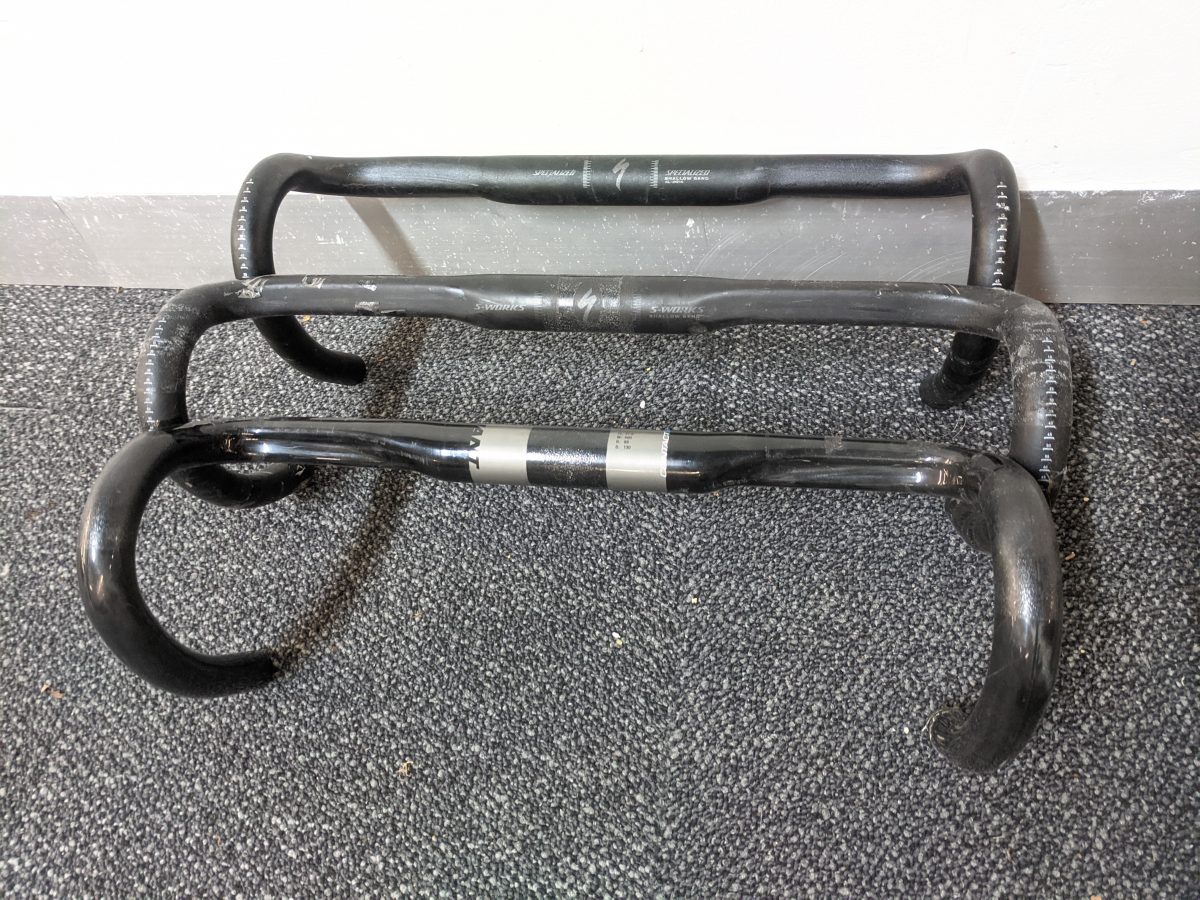
Flat handlebars like on mountain bikes and many commuter bikes come in an even bigger range of widths, rises and shapes. While the width of flat bars is less dependent on shoulder width (you want wide bars on mountain bikes to give you good control on off road trails) changing the sweep or width of your bars can make the bike more comfortable and often alleviate wrist and shoulder pain.
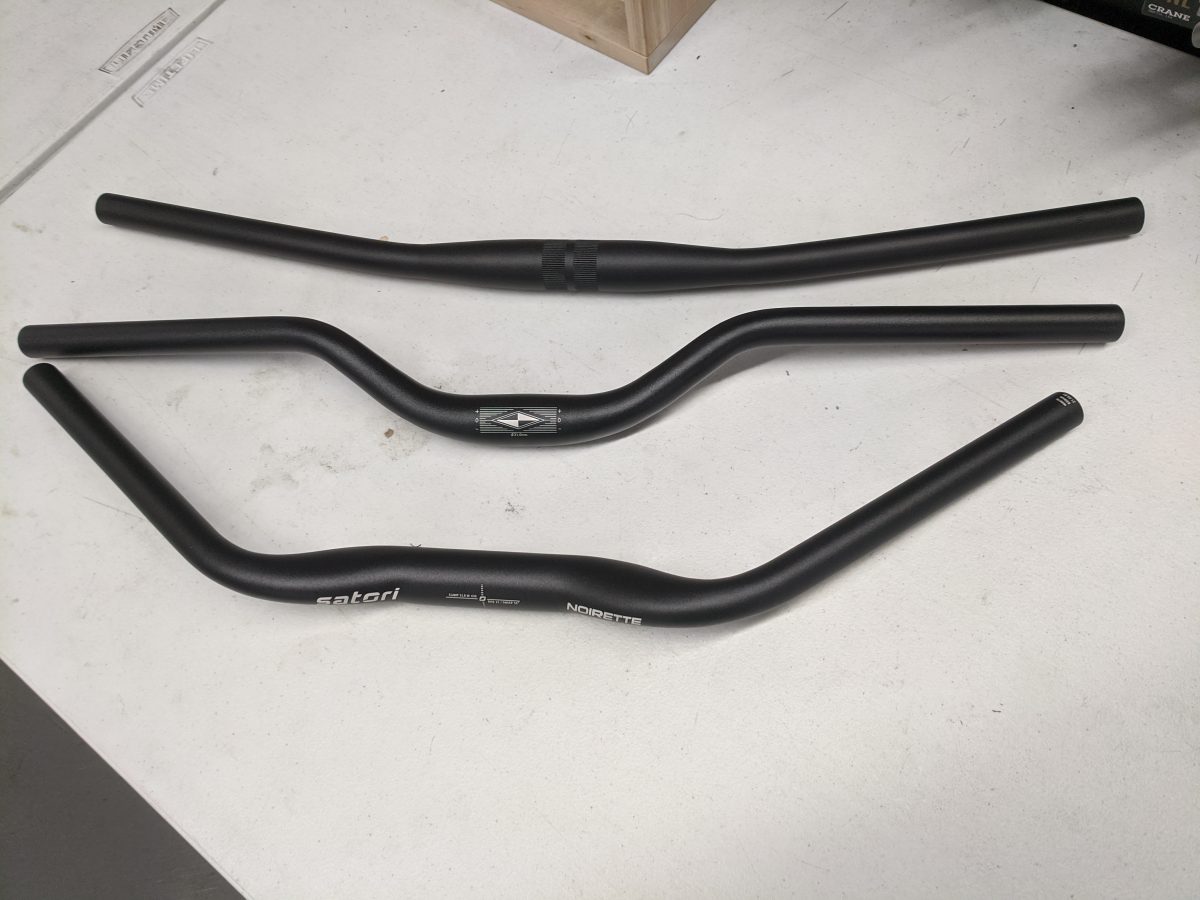
Want to know more?
Drop into one of our stores if you have any questions about bike fit or would like some advice on making your bike more comfortable.